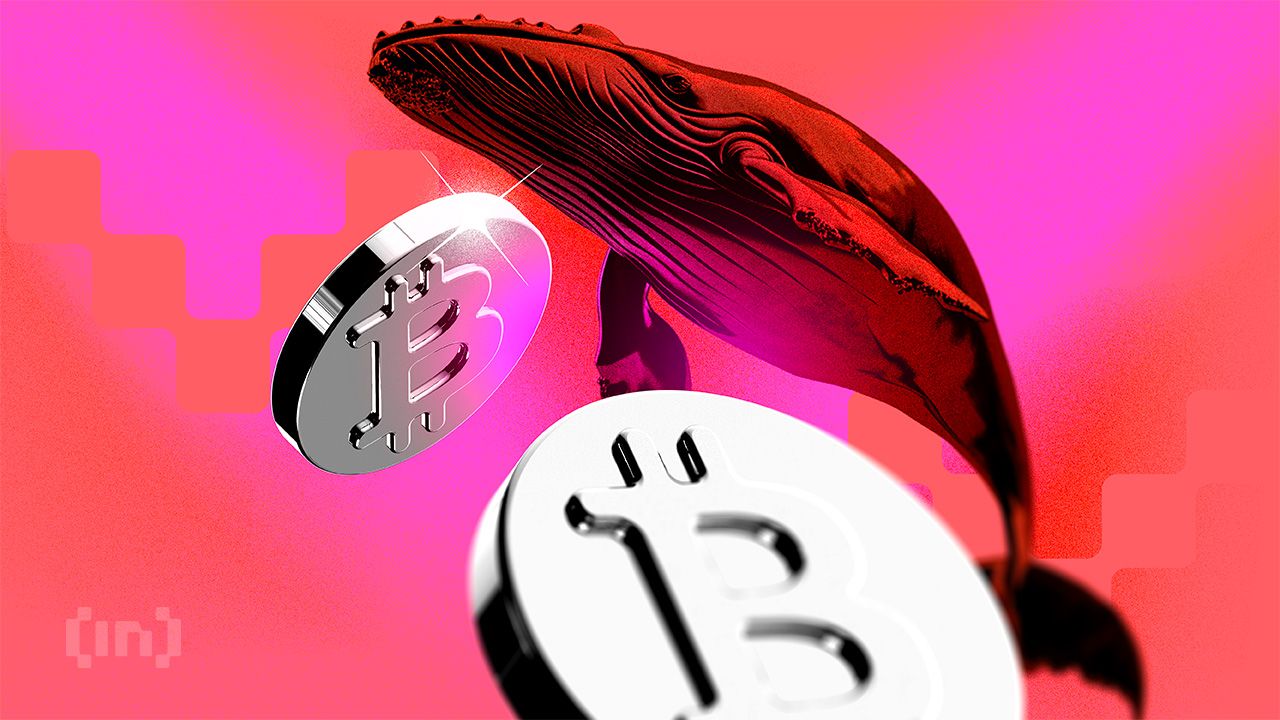
Written & Edited by
Oihyun Kim
Large Bitcoin holders have increased their positions to a four-month high of 1,384 wallets holding at least 1,000 BTC. At the same time, retail investors with 1 BTC or less dropped to an annual low of 977,420.
This divergence highlights a recurring pattern: experienced whales accumulate during downturns, while smaller holders exit in fear.
According to Glassnode data, wallets holding at least 1,000 BTC rose to 1,384 this week from 1,354 three weeks ago—a 2.2% increase. This count is the highest for large holder wallets in four months, suggesting renewed confidence among institutional and high-net-worth investors despite turbulence in the broader market.
Meanwhile, wallets containing 1 BTC or less declined to 977,420—down from 980,577 in late October. This marks the lowest level of smallholder participation in a year. It follows the typical pattern of less experienced investors capitulating during price corrections.
Bitcoin has endured its third-largest drawdown of the current cycle, dropping over 25% from its all-time high six weeks ago. Bitcoin opened on Wednesday near $92,600, and was traded in a choppy range between $92,200 and $92,800 throughout the morning session in Asia, displaying typical volatility as traders navigated between support and resistance.
Historical trends suggest that whale accumulation amid retail selling often precedes stabilization. Currently, just 7.6% of the short-term holder supply is in profit—a level commonly seen at cycle lows. In addition, the STH Realized Profit-Loss Ratio has dropped below 0.20, another metric that often aligns with market bottoms.
The Crypto Fear & Greed Index stays at 11 out of 100 for two days, reflecting deep fear across the market. Social media sentiment has become strongly negative. Traders share memes about returning to traditional jobs and express doubts about a quick recovery.
According to Coinglass’s Bitcoin Long/Short Ratio Chart, the overall trend shows persistent bearish pressure, with traders repeatedly positioning for price declines. However, sentiment occasionally swung back toward optimism before returning to predominantly negative expectations.
Some market observers see this extreme pessimism as a contrarian signal. Sentiment is compressed, leverage is lower in derivatives markets, and whale accumulation persists. According to Bitfinex’s on-chain analysis, selling exhaustion is apparent, and capital is rotating within crypto markets rather than leaving altogether.
Open Interest for BTC/USDT sits around 100K, showing stronger trader participation even as prices fall. This scenario—rising Open Interest and falling prices—usually signals bearish sentiment, possibly driven by aggressive shorting. However, the pace of sales and realized losses has begun to stabilize, suggesting a possible transition to consolidation.
Bob Diamond, the former Barclays CEO and now head of Atlas Merchant Capital, views the recent turmoil in global asset markets as a healthy correction—not the start of a full-blown bear market. Diamond points out that investors are still working out how to price risk assets amid rapid technological shifts.
As Bitcoin searches for a bottom in late 2025, the split between whale accumulation and retail selling forms a classic market structure. The coming weeks should reveal whether institutional confidence is enough to stabilize the market or if fear continues to rule trading.
Daily Crypto Insights
Insights, news and analysis of the crypto market straight to your inbox
Disclaimer
In adherence to the Trust Project guidelines, BeInCrypto is committed to unbiased, transparent reporting. This news article aims to provide accurate, timely information. However, readers are advised to verify facts independently and consult with a professional before making any decisions based on this content. Please note that our Terms and Conditions, Privacy Policy, and Disclaimers have been updated.
